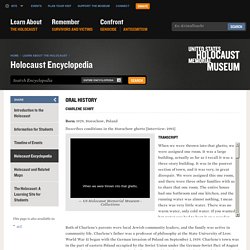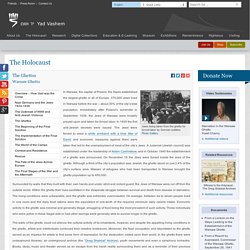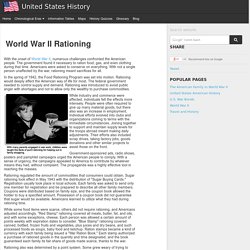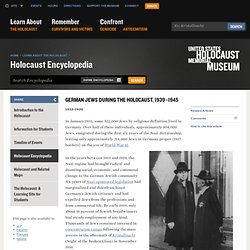

Holocaust Survivors: Encyclopedia - 6. (Konzentrationslager; KL), places of detention where people were imprisoned often under barbaric conditions.

They were a repressive feature of the Nazi regime from 1933 to 1945. The camps were under the jurisdiction of the SS and Heinrich Himmler. Initially established to house political prisoners, they evolved into an elaborate camp system. Although the term is sometimes used generically to designate all Nazi camps, there were distinctions between them. The extensive camp system included forced labor camps (Arbeitslager), prisoner-of-war camps (Kriegsgefangenlager) and extermination camps (Vernichtungslager). Concentration camps contained political opponents, Communists, Jews, Roma (Gypsies), Jehovah's Witnesses, male homosexuals, and common criminals. Each category of prisoner had different conditions of imprisonment which affected their chances for survival. Certain features were common to all camps: Violations of orders were punished severely by beatings or torture. Charlene Schiff Video -5. When we were thrown into that ghetto, we were assigned one room.

It was a large building, actually as far as I recall it was a three-story building. It was in the poorest section of town, and it was very, in great disrepair. We were assigned this one room, and there were three other families with us to share that one room. The entire house had one bathroom and one kitchen, and the running water was almost nothing, I mean there was very little water. There was no warm water, only cold water. Doriane Kurz Primary source -4. Holocaust History - Warsaw Ghetto Website - 3. Jews being taken from the ghetto for forced labor by German soldiers Photo Gallery In Warsaw, the capital of Poland, the Nazis established the largest ghetto in all of Europe. 375,000 Jews lived in Warsaw before the war – about 30% of the city’s total population.

Immediately after Poland’s surrender in September 1939, the Jews of Warsaw were brutally preyed upon and taken for forced labor. In 1939 the first anti-Jewish decrees were issued. The Jews were forced to wear a white armband with a blue Star of David and economic measures against them were taken that led to the unemployment of most of the city’s Jews. A Judenrat (Jewish council) was established under the leadership of Adam Czerniakow, and in October 1940 the establishment of a ghetto was announced. Surrounded by walls that they built with their own hands and under strict and violent guard, the Jews of Warsaw were cut off from the outside world. World War 2 rationing website - 2. With the onset of World War II, numerous challenges confronted the American people.

The government found it necessary to ration food, gas, and even clothing during that time. Americans were asked to conserve on everything. With not a single person unaffected by the war, rationing meant sacrifices for all. In the spring of 1942, the Food Rationing Program was set into motion. Rationing would deeply affect the American way of life for most. While industry and commerce were affected, individuals felt the effects more intensely. Government-sponsored ads, radio shows, posters and pamphlet campaigns urged the American people to comply. Rationing regulated the amount of commodities that consumers could obtain. While some food items were scarce, others did not require rationing, and Americans adjusted accordingly. Rationing also was determined by a point system. German Jews during the Holocaust, 1939–1945 website - 1. 1933-1939 In January 1933, some 522,000 Jews by religious definition lived in Germany.

Over half of these individuals, approximately 304,000 Jews, emigrated during the first six years of the Nazi dictatorship, leaving only approximately 214,000 Jews in Germany proper (1937 borders) on the eve of World War II. In the years between 1933 and 1939, the Nazi regime had brought radical and daunting social, economic, and communal change to the German Jewish community. Six years of Nazi-sponsored legislation had marginalized and disenfranchised Germany's Jewish citizenry and had expelled Jews from the professions and from commercial life. By early 1939, only about 16 percent of Jewish breadwinners had steady employment of any kind. Thousands of Jews remained interned in concentration camps following the mass arrests in the aftermath of Kristallnacht (Night of the Broken Glass) in November 1938. World War II.